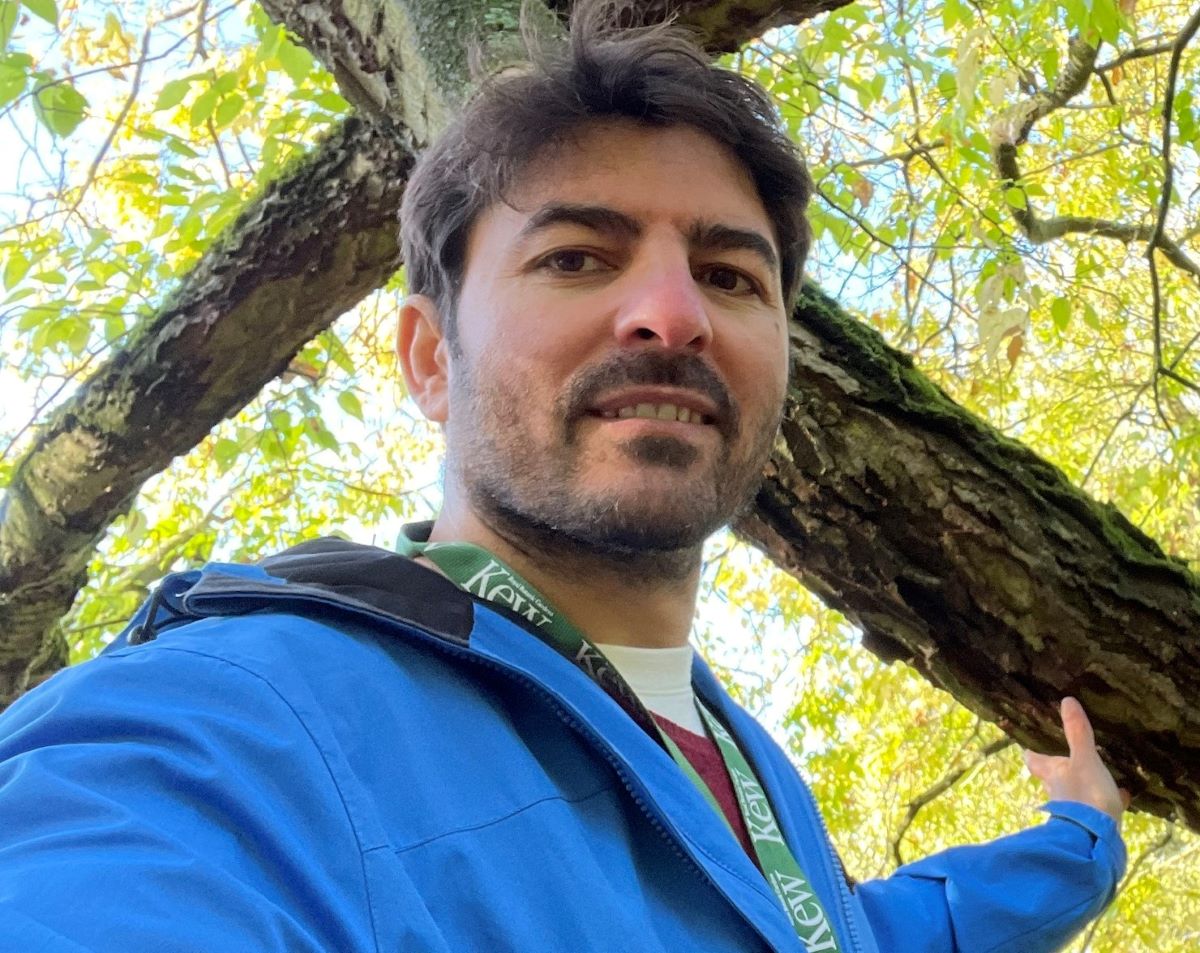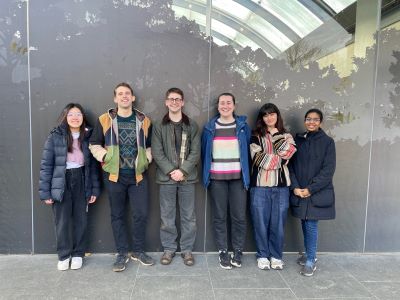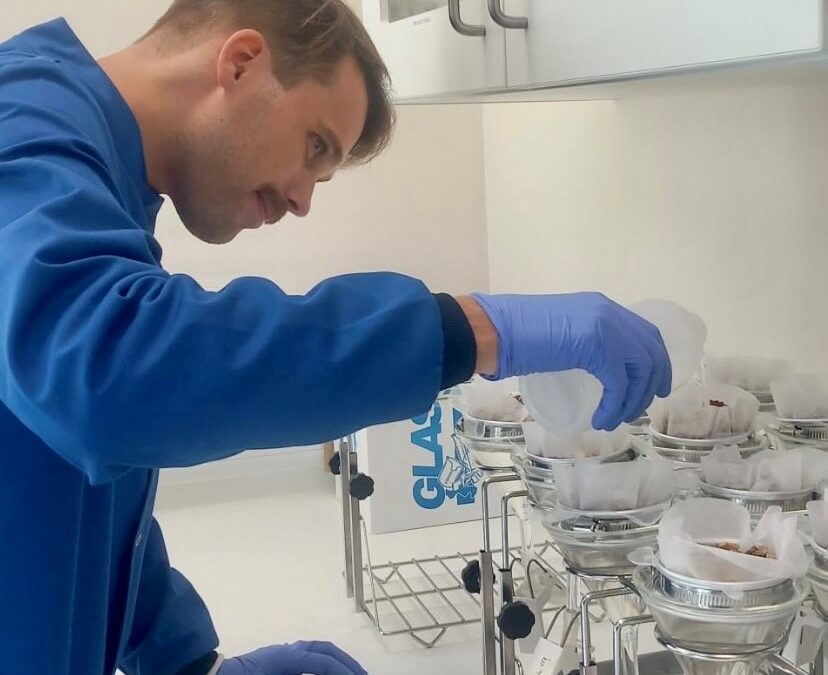by Louise Gathercole, Centre for Forest Protection Coordinator
I recently visited our Centre for Forest Protection researchers at Kew and found out all about researcher Mohammad Vatanparast’s recent explorations in the Kew Fungarium.
An International Career
Mohammad joined the Centre for Forest Protection last Autumn. He began his research career in Iran with undergraduate and Master’s degrees in plant biology. He went on to be awarded a scholarship for a PhD from the Ministry of Education of Japan. Whilst he was there, he also took on the challenge of learning Japanese to add to his other languages, and after his PhD, he stayed on for three years researching rosewoods.
From Japan, Mohammad moved to the Smithsonian National Museum of Natural History in Washington DC, working on the genomics of legumes. Then he spent four years in Denmark researching tree genomics. He gained skills that he is putting into practice in his new venture with us, working on trees that may have some resistance to Dutch elm disease.
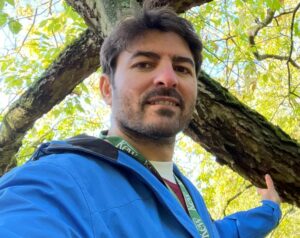
Mohammad Vatanparast, Postdoctoral Researcher
Lost trees
Only a few decades ago, mature elm trees were a major feature of the British landscape. In the twentieth century, elms across north western Europe began to be affected by a disease that came to be known as ‘Dutch elm disease.’ The epidemic had died down by the 1940s, but in the 1960s and 1970s it swept through Britain again, killing approximately one hundred million trees.
Dutch elm disease is spread by two species of bark beetle that carry the spores of a fungus between trees. The first wave of the epidemic was caused by a fungus called Ophiostoma ulmi. The fungus affected between 10% and 40% of trees in Europe. The second wave was caused by a related, but much more deadly fungus Ophiostoma novo-ulmi. Very few elms in Britain had any resistance to this new species, but a few old individuals still survive in the landscape.
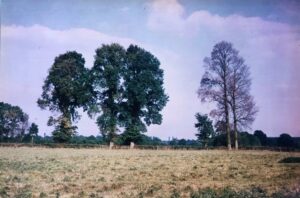
Diseased elms during the twentieth century outbreak of Dutch elm disease
Exploring the Fungarium
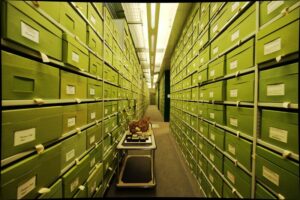
The Fungarium at Kew (©RBG Kew)
Mohammad was new to research into elms and Dutch elm disease. He told me
“I thought it was important that I really understood the complex of beetle-fungus-tree, and how the disease develops.”
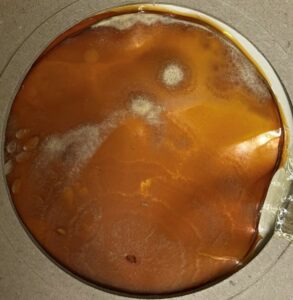
A sample of the fungus causing Dutch elm disease from Kew Fungarium
He had seen lots of images in academic papers, but on the suggestion of colleague, he decided to take a look in the Kew Fungarium. With over 1.25 million dried fungal specimens representing over half of the known global diversity of fungi, the Fungarium is one of Kew’s Science Collections and is a great resource for scientific research.
With help from colleagues, Mohammad found examples of sections of elm wood showing fungal growths. There was also an example of the fungus grown in a petri dish, both are pictured here.
“Seeing the samples has really helped me to understand the lifecycle of the fungus causing Dutch elm disease,” Mohammad told me.
Dutch elm disease experts Joan Webber, at Forest Research, and consultant Clive Brasier are also working with Mohammad on the project. They will be surveying beetle activity amongst elms in the landscape to better understand how elms resist the feeding and breeding of the bark beetles.
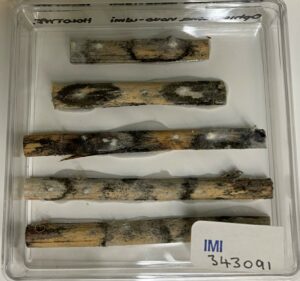
Examples of the Dutch elm disease fungus on sections of elm from Kew Fungarium
A hopeful future
The team are collecting information from partners such as The Conservation Foundation and Butterfly Conservation to create a database and map of standing elms that survived the Dutch elm disease outbreak. They will also be mapping new plantings of specially bred elms that are potentially disease resistant. Mohammad has been extracting DNA from samples of elm and will be assessing the genetic diversity of the species across Britain, to find out more about how this contributes to healthy trees.
The information generated by this project will contribute to the understanding of disease resistance in elm, and support efforts restore elm to the landscape. If you would like to help with our research, you can record any examples of mature elm near you on iNaturalist
You can read more about the elm diversity project here and our project on attitudes to elm restoration here.
For information on the Kew Fungarium, go to the Kew website
For information on Dutch elm disease, see the Forest Research website.
Follow us on Twitter:
